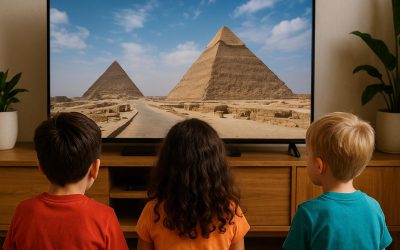The ’90s Kid Summer movement encourages families to revive summers filled with unstructured, tech-free play—biking, crafting forts, street games—to foster independence and creativity, mirroring childhoods from past decades.
Why It’s Trending
Millennial parents seek relief from over-screened lifestyles. Research backs unstructured play for emotional growth, creativity, and resilience. Digital detox is a primary motivator. Better Homes & Gardens+2The Times+2NYPost+2
Strengths & Warnings
Strengths:
- Creative Freedom: Kids invent games, negotiate rules, and problem-solve.
- Emotional Growth: Builds self-confidence and adaptability.
- Health Benefits: Physical play reduces screen-related fatigue and stress.
Challenges:
- Safety Concerns: Modern parenting anxiety means fewer autonomous outdoor spaces.
- Equity Issues: Working parents, urban settings, and neurodiverse kids may find it hard to unplug unsupervised.
- Nostalgia Trap: Idealizing the past can neglect modern realities.
Doing It Mindfully
- Start Small: Begin with tech-free days or hours, not months.
- Rule for Safety: Set gentle boundaries—neighborhood limits, check-in routines.
- Blend Old & New: Incorporate GPS trackers, scheduled meetups, or playdates.
- Observe, Don’t Overdirect: Let kids lead outdoor play; support without controlling.
Conclusion
’90s Kid Summer offers a refreshing reset—a playful return to autonomy and creativity. With mindful safety and structure, it can succeed across diverse family dynamics—without escaping reality.
Q&A Section
Q1: Is unstructured play safe today?
A1: Yes with safety checks—use clear boundaries, check-ins, and modern tools like GPS for peace of mind.
Q2: How can working parents implement this?
A2: Use tech-free weekends, after-school block plays, or join supervised outdoor groups.
Sources:
- New York Post on ’90s kid summer
- The Times on nostalgia limitations








0 Comments